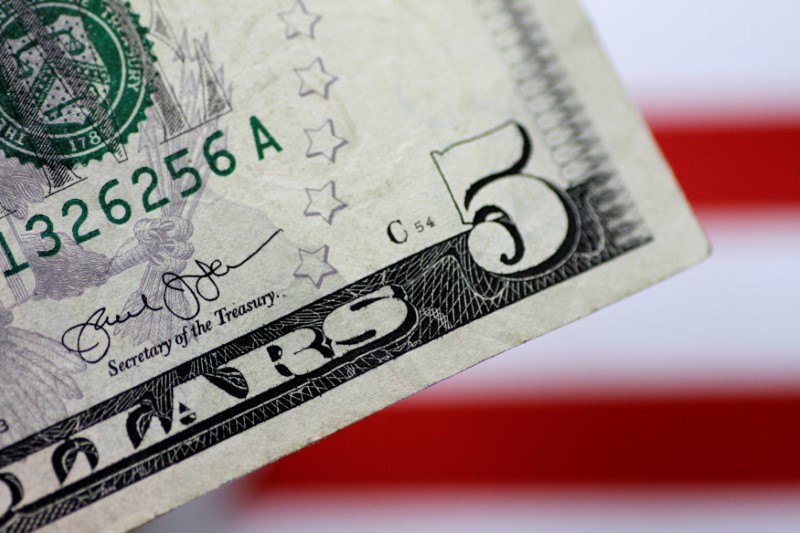Bullish indicating open at $55-$60, IPO prices at $37
* Asian currencies firm, but moves slight
* Strong U.S. dollar holds AUD from further gains
* Kiwi jumps after RBNZ drops easing bias
* Graphic: World FX rates in 2020 https://tmsnrt.rs/2RBWI5E
By Tom Westbrook
SINGAPORE, Feb 12 (Reuters) - Asian currencies found support
on Wednesday from a slowdown in the spread of coronavirus, but a
strong dollar and caution about the rising death toll kept gains
in check, while the New Zealand dollar jumped after the central
bank dropped its easing bias.
Hubei, the province at the epicentre of the outbreak,
reported the lowest number of new infections since Jan. 31 on
Tuesday, with 1,068 new cases. China's senior medical advisor
also said the outbreak might be over by April. The U.S. dollar, which has soaked up safe-haven flows as
worries about the coronavirus coincided with data showing the
U.S. economy's strength, handed back some gains.
The Australian dollar AUD=D3 , among the most exposed
globally to China's economic fortunes owing to Australia's
export profile, stood a percentage point above the decade low it
hit on Monday. It was 0.2% stronger at $0.6727.
The euro EUR= , also seen as vulnerable to an economic
slowdown in China, clambered from a four-month low to trade at
$1.0916. The Chinese yuan CNH= sat at 6.9677 in offshore
trade, just below a week-high it hit overnight.
"Markets are looking at the rate of spread, the rate of
infection and thinking that maybe it is levelling out and it
could be time to move on," said Sean MacLean, research
strategist at Pepperstone, a brokerage in Melbourne.
"But so long as it remains contained in China, and the U.S.
feels isolated, the U.S. dollar continues to perform well," he
said, which would hold back further gains in Asian currencies
against the dollar.
Even if the epidemic ends soon, though, its toll is high.
More than 1,100 people have died in China, about 2% of
people infected. The economy has also been upended, with factory
closures hitting supply chains from car makers to tech firms.
Worries about the eventual fallout have prompted a big
selldown in currencies exposed to China, from the
tourism-sensitive Thai baht THB= to the oil-export driven
Norwegian krone NOK= .
Both have lost more than 4% against the dollar this year and
have barely recovered. The Japanese yen JPY= , a barometer of
risk sentiment by virtue of its safe-haven status, remains
strong against most majors and was steady at 109.86 per dollar.
"(A) bad scenario of intensification and spreading of
coronavirus could cause a global supply shock," said Steve
Englander, head of global G10 FX research at Standard Chartered.
"Behind our views is the sense that global growth momentum
is not nearly strong enough for most EM currencies to brush off
the risk aversion that persistent fear of the disease would
bring."
The New Zealand dollar NZD= jumped 0.7% to $0.6458 after
the central bank held interest rates steady, as expected, but
forecast holding rates there through the year - reducing the
likelihood of future easing.
"The easing bias is gone and we're back to neutral," said
Westpac FX analyst Imre Speizer. "It's the clearest indication
that the easing cycle is probably over," he said, unless a deep
hit from the coronavirus prompts a change of heart.
